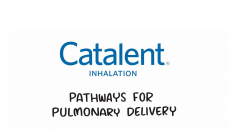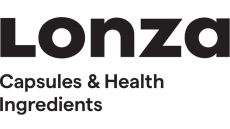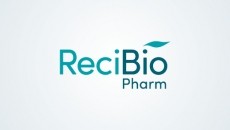Protein modification technology patented by Bolder
technology that allows therapeutic proteins to be modified
chemically to improve its activity in the body.
The patent, No 6,753,165, covers the manufacturing process for proteins with a particular type of chemical group - free or unpaired cysteine residues - that can act as an anchor for another molecule, such as a polymer, that can change the proteins characteristics - for example by extending its pharmacologic activity after it is administered to the patient.
"After injection most proteins are cleared rapidly from the body, necessitating frequent, often daily, injections. Patients dislike injections, which leads to reduced compliance and reduced drug efficacy," it said. Companies developing protein drugs have attached polymers such as polyethylene glycol (PEG) to their protein drugs to extend their half-life in the body and reduce the number of injections needed.
Examples include the hepatitis treatments Pegasys (peginterferon alfa-2a) and PegIntron (peginterferon alfa-2b) from Roche and Schering-Plough, and Amgen's Neulasta (pegfilgrastim), used in cancer patients to support their immune function after treatment with cytotoxic drugs. The original form of the latter drug, Neupogen (filgrastim), required daily injections for up to two weeks: the PEGylated version can be delivered as a single dose each chemotherapy cycle, typically once every three weeks.
In all these cases, PEG is attached to the protein drug in random fashion and at variable numbers of sites on each molecule. Bolder believes its technology will allow PEG or other modifying molecules to be attached in a specific location, reducing the risk that the activity of the drug will be interfered with, and potentially improving the effectiveness of the drug.
"The ability to target sites for protein modification permits the rational design of homogeneously modified proteins with reproducible, high biological activities, and overcomes the problems of product heterogeneity and low activity typically seen with non-targeted protein modification technologies.," according to the company.
Meanwhile, some proteins such as erythropoietin (EPO) are effective when administered less often (three times per week in this case) but this is due to the fact that the proteins are glycosylated, i.e. they have structures that make them look more human and reduce clearance from the body. But glycosylation requires that the recombinant proteins be manufactured using mammalian cell expression systems, which is expensive and increase the cost of protein pharmaceuticals.
PEGylation has been a way around this problem, but the random nature of the attachment of the polymer has meant that for some drugs, such as human growth hormone, it has been completely unsuccessful, while in others the extended half-life has required a trade-off in terms of reduced activity that means that more of the protein has to be delivered. Bolder's technology can be applied to any protein, regardless of whether it is made in bacteria, yeast, insect or mammalian cells.
While Bolder has not yet advanced any of its projects into testing in man, preclinical development is well advanced on modified version of hGH, EPO, interferon alpha and granulocyte colony stimulating factor (the protein on which Neupogen and Neulasta are based).













